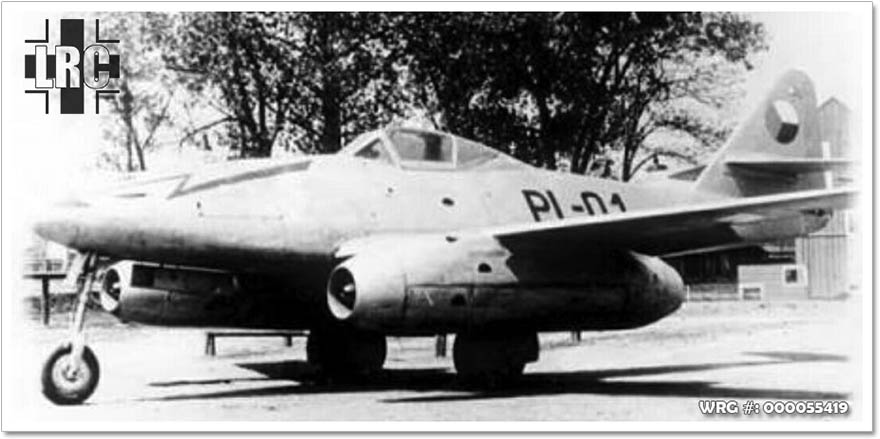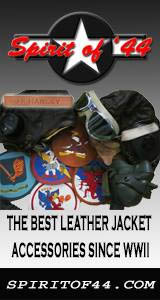Messerschmitt Me 262
Design & Development
After the end of the war, the Me 262 and other advanced German technologies were quickly swept up by the
Soviets, British and Americans, as part of the USAAF's Operation Lusty. Many Me 262s were found in readily
repairable condition and were confiscated. The Soviets, British and Americans wished to evaluate the
technology, particularly the engines.
During testing, the Me 262 was found to be faster than the British Gloster Meteor jet fighter, and had better
visibility to the sides and rear (mostly due to the canopy frames and the discoloration caused by the plastics
used in the Meteor's construction), and was a superior gun platform to the Meteor F.1 which had a tendency to
snake at high speed and exhibited "weak" aileron response. The Me 262 had a shorter range than the Meteor
and had less reliable engines.
The USAAF compared the P-80 Shooting Star and Me 262, concluding that the Me 262 was superior in acceleration
and speed, with similar climb performance. The Me 262 appeared to have a higher critical Mach number than any
American fighter.
The Americans also tested a Me 262A-1a/U3 unarmed photo reconnaissance version, which was fitted with a
fighter nose and a smooth finish. Between May and August 1946, the aircraft completed eight flights, lasting
four hours and forty minutes. Testing was discontinued after four engine changes were required during the
course of the tests, culminating in two single-engine landings. These aircraft were extensively studied,
aiding development of early US, British and Soviet jet fighters. The F-86, designed by engineer Edgar Schmued,
used a slat design based on the Me 262's.

Avia S-92
The Czechoslovak aircraft industry continued to produce single-seat (Avia S-92) and two-seat (Avia CS-92)
variants of the Me 262 after World War II. From August 1946, a total of nine S-92s and three two-seater
CS-92s were completed and test flown. They were introduced in 1947 and in 1950 were supplied to the 5th
Fighter Squadron, becoming the first jet fighters to serve in the Czechoslovak Air Force. These were kept
flying until 1951, when they were replaced in service by Soviet jet fighters. Both versions are on
display at the Prague Aviation museum in Kbely.

Avia S-92
Sources:
Gunston, Bill & Wood, Tony - Hitler's Luftwaffe , 1977, Salamander
Books Ltd., London
, 1977, Salamander
Books Ltd., London
Wikipedia - ME 262
Gunston, Bill & Wood, Tony - Hitler's Luftwaffe
Wikipedia - ME 262






